The State budget for higher education is low and continuously decreasing, but public school tuition fees are not increased in a suitable manner, leading to limited school revenues and difficulty in balancing revenue and expenditure to maintain and improve training quality. What is the solution to this difficulty?
Dr. Pham Do Nhat Tien - former Assistant Minister of Education and Training : Changing thinking about resources in socializing higher education
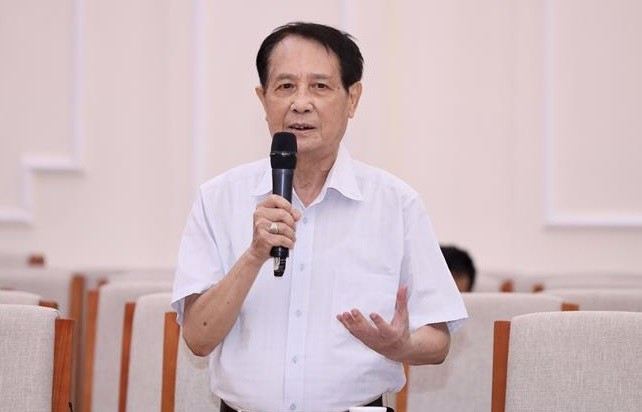
Up to now, the focus of socialization of education has been to mobilize financial resources from organizations, individuals, businesses, communities and the general public, both domestically and internationally. Resolution No. 35/NQ-CP dated June 4, 2019 of the Government on strengthening the mobilization of social resources for investment in education and training development in the 2019-2025 period also takes the same approach.
In that mobilization, a major part is contributed by tuition fees of pupils and students. With the development trend of the higher education market, this contribution will increase, gradually compensating for the unit cost in higher education.
This will lead to a major barrier - financial barriers on the way for learners to access education. This will create a paradox in building an open university education system, creating conditions for lifelong learning for everyone that Vietnam is aiming for by 2030.
Therefore, the problem is to change the thinking about resources in the socialization of higher education: Shift from thinking limited to financial resources to thinking about open resources, including all possible resources for the development of higher education. These are the resources of ideas, policies, and technology that are being strongly exploited in the development of higher education in the world today.
Nowadays, when information increases exponentially and human knowledge doubles every day, the resource of ideas is abundant and important. Startups are essentially operating on the basis of the resource of ideas.
Higher education in the world today is developing rapidly in an open direction thanks to the source of ideas from individuals and schools who want to remove financial barriers in education. However, we have not really valued this resource, have not focused on building a favorable environment for the development of ideas...
Regarding policy resources: A good policy, such as Contract 10, can be a breakthrough resource, bringing about miracles. The strengths in our country's education are also mainly due to good policy resources. However, this resource is not really valued somewhere.
Regarding technology, this has been the main resource in the development of higher education in the world for more than a decade. We are clearly aware of the importance of this resource when from the Party's policy (Political Bureau, 2014) to the State's institutions (Government, 2015) all aim to establish the position and especially important role of ICT in the process of sustainable development and international integration. That opens up great opportunities for our country's higher education to transform into digital higher education and open higher education.
However, the current state of ICT development in Vietnam is facing many challenges. In the general progress of the region and the world in ICT, Vietnam's progress is slow.
In education alone, the development of technological resources has mainly stopped at bringing computers and the Internet into schools. Building the necessary ICT infrastructure for online training has not received much attention, and there has not been any significant step in building OER and MOOC platforms as the main technological resources of open higher education.
The shortcomings in exploiting the above resources make public higher education institutions mainly rely on tuition fees because it is difficult to diversify other sources of income. World Bank research (2020) shows that in diversifying revenue sources, we should not rely too much on revenue from technology transfer activities, because even at Harvard University, this source of revenue only accounts for 1% of the total revenue from the school's fundraising activities.
From international experience, the three most important sources of revenue that public higher education institutions need to exploit are providing regular training programs, consulting services and implementing fundraising activities from alumni and businesses.
However, this is an approach that aims to generate additional revenue. It is very important to pay attention to the approach that exploits the above resources in terms of ideas, policies and technology to improve efficiency - cost, thereby reducing unit costs. Nowadays, with the strong development of open science, open education, open technology, Vietnamese higher education institutions need to exploit rich resources to be able to bring learners high-quality training programs at low cost.
Associate Professor, Dr. Vo Van Minh - Principal of the University of Education (University of Danang): Perfecting the legal framework on finance, assets and investment
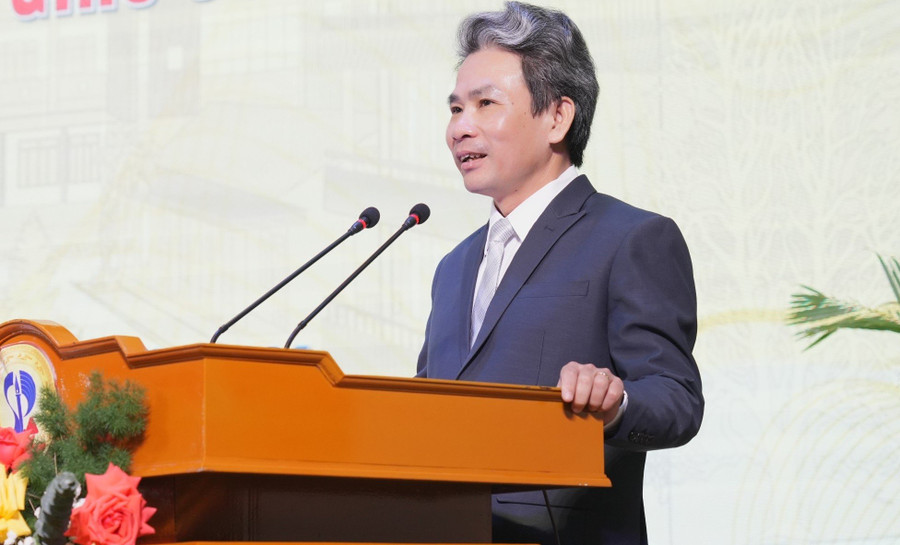
The draft revised Law on Higher Education 2025 demonstrates many fundamental innovations, affirming a significant step forward in the thinking of governance and development of higher education. One of the important highlights is that the regulations related to finance, assets, investment and resource mobilization are updated more clearly, in line with domestic practical requirements and international trends.
First of all, the draft has expanded financial autonomy, exploitation and legal use of assets, allowing higher education institutions to be more proactive in development, management and improving the efficiency of resource use. The addition of regulations on investment cooperation with domestic and foreign organizations shows a shift in policy thinking, towards a flexible and effective approach to market mechanisms.
Notably, this is the first time the public-private partnership (PPP) model has been officially legalized in the field of higher education. With positive implications, this model opens up the possibility of extensive cooperation between schools and businesses and social organizations, contributing to reducing pressure on the State budget and diversifying investment resources.
At the same time, the draft clearly establishes the role of the State in ensuring resources for strategic tasks, while encouraging the mobilization of social resources. This “dual” approach both plays an orientation role and creates conditions for schools to be autonomous and innovative - a suitable direction in the new context.
In order for the above provisions to be put into practice effectively and sustainably, the Draft should note: Specifying the mechanism for monitoring the use of public assets, in the condition that schools are given greater autonomy. This is to ensure transparency, prevent loss and improve the efficiency of asset use. For the PPP model, although it has been included in the definition, it is necessary to supplement more clearly the operating principles, implementation conditions, criteria for selecting partners and risk-sharing mechanisms, in order to avoid formalization and ensure feasibility.
Foreign investment in higher education needs its own legal regulations to facilitate the attraction of capital, technology and modern management, while ensuring academic security, intellectual property rights and preserving national educational identity.
In short, financial and investment autonomy is an indispensable condition for universities to develop sustainably and reach regional and international standards. This draft revised Law has laid an important foundation for that process. However, in order for the granted rights to be transformed into implementation capacity, there needs to be specific, transparent, effective and feasible legal regulations in monitoring, operating, connecting and mobilizing social resources.
Completing the legal framework on finance, assets and investment not only supports the sustainable development of higher education institutions, but also contributes to building a higher education system towards autonomy - responsibility - efficiency, serving the national development strategy in the new era.
Associate Professor, Dr. Tran Thanh Nam, Vice Principal of the University of Education (Vietnam National University, Hanoi): Need to increase the budget expenditure ratio
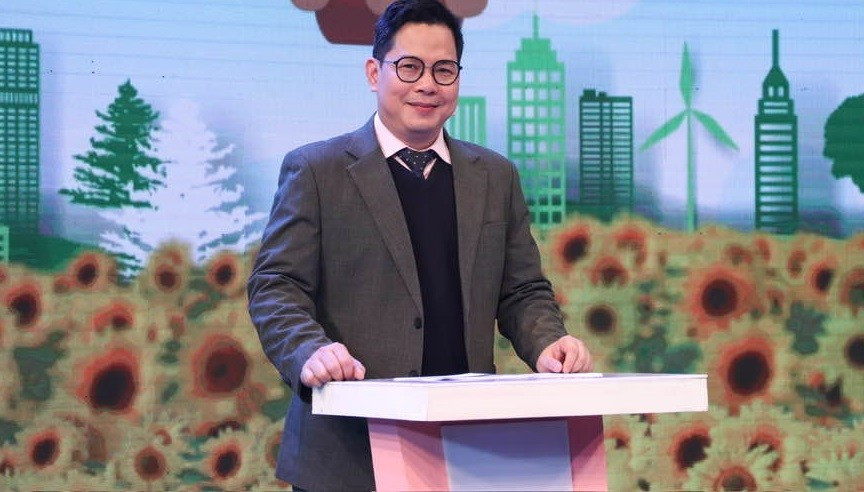
Modern higher education needs to meet the requirements of knowledge-based economic development, innovation and international integration. The 13th Party Congress identified “developing high-quality human resources as a strategic breakthrough”. The Party and the State have repeatedly affirmed that investment in education and training accounts for at least 20% of the total national budget expenditure. Along with that, policies to encourage university autonomy and strengthen international quality accreditation have also been promoted.
In practice, budget expenditure for higher education in Vietnam is still limited. According to the Ministry of Finance, in 2020, actual expenditure for higher education only reached 0.18% of GDP, equivalent to 4.6% of total education expenditure. Meanwhile, regional countries usually spend from 1 - 1.5% of GDP on higher education and over 20% of the education budget. According to the report of the Ministry of Education and Training, on average 60% of public university revenue currently depends on the State budget. This shows that the actual level of financial autonomy is very limited.
The draft Law on Higher Education (amended) stipulates that “The State prioritizes investment in developing higher education according to the strategy, planning and orientation for the development of the national higher education system; focuses on investment to ensure that higher education institutions meet standards and modernize facilities, teaching equipment, scientific research and innovation…”, but does not specify the minimum spending level or long-term stability mechanism.
In fact, the Law has not yet stipulated a minimum rate or a multi-year allocation mechanism to ensure sustainability; it has not mentioned the establishment of a separate fund for higher education to provide scholarships, student loans and support key activities. Relying solely on the State budget and mobilizing society is not enough at present, especially when the tuition fee framework is being tightened.
The draft Law on Higher Education has only stopped at encouraging the mobilization of non-budgetary resources and general tax incentives. In that context, the current financial mechanism still lacks long-term sustainability and has not solved the root cause of the financial shortage in higher education.
From the above practices, regarding finance in higher education, the first proposal I would like to emphasize is to increase resources for higher education by increasing the proportion of budget expenditure for higher education in total education expenditure and in the total national budget. The specific target can be aimed at a minimum of 10% of GDP for education (according to the 20% policy for general education) and in which the proportion for higher education should be increased from the current 5% to a regional equivalent level (about 8 - 10% of total education expenditure).
Second, establish the National Higher Education Fund: Build a national student scholarship and credit fund, using resources from the central budget and socialization (from businesses and sponsoring organizations). This fund also supports student startups and ensures quality accreditation (funding independent accreditation organizations).
Third, there is a stable financial mechanism: Allowing schools to have complete financial autonomy with the right to decide on spending within their capacity according to the provisions of the Draft Law on Higher Education (amended); at the same time, the State orders training and research based on results (performance) at least once every 3 years. The long-term ordering mechanism will ensure a stable source of income for schools, reducing dependence on the annual budget.
Fourth, tax incentives: Expanding tax exemption and reduction policies for tuition fees used for development investment of schools. For example, exempting VAT on investment in facilities, exempting corporate income tax on business activities - services supporting higher education.
The draft Law on Higher Education (amended) mentions general tax incentives for higher education, and it is necessary to add clear exemption provisions for activities related to teaching and research, especially at non-profit public institutions.
Based on scientific theory and domestic and international practices, the above recommendations are expected to be included in the Draft Law to perfect policies and create development momentum for the country's higher education. The specification of budget expenditure ratios, the establishment of a national fund, reasonable stratification and strong promotion of autonomy will be breakthrough reforms, helping to improve the quality of human resources and the position of Vietnam's higher education in the future.
Source: https://giaoducthoidai.vn/can-dot-pha-ve-chinh-sach-tai-chinh-cho-giao-duc-dai-hoc-post742673.html










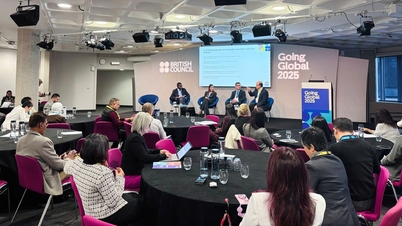



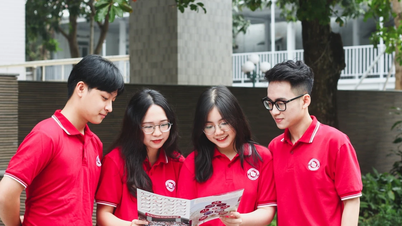
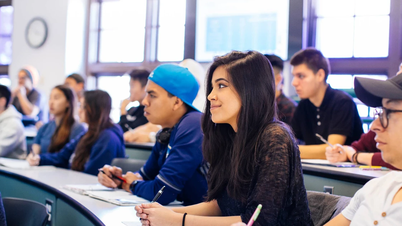
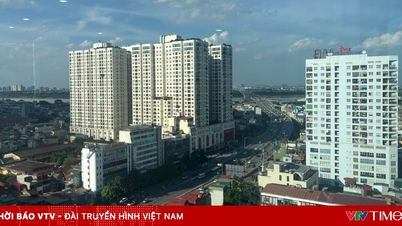



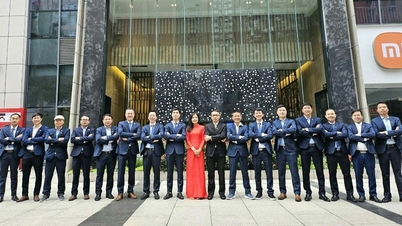
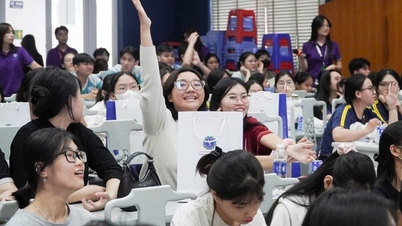


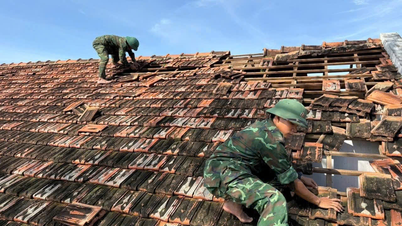






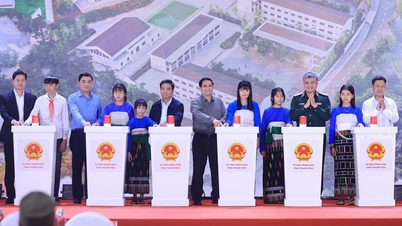

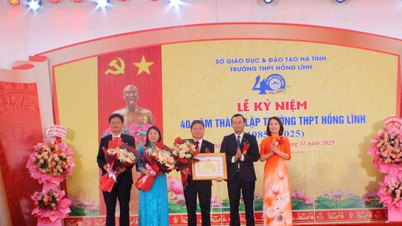
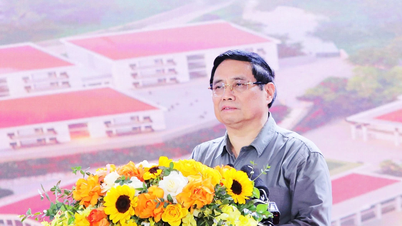
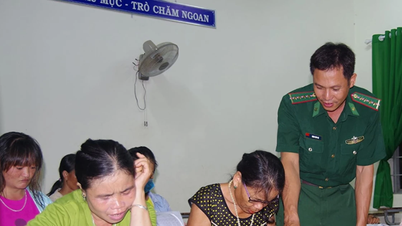
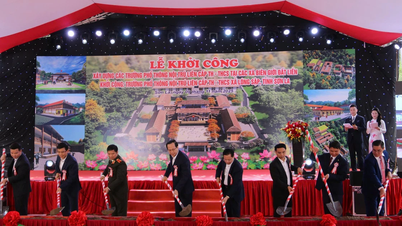





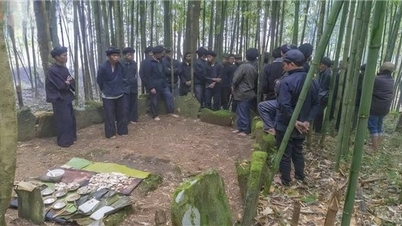








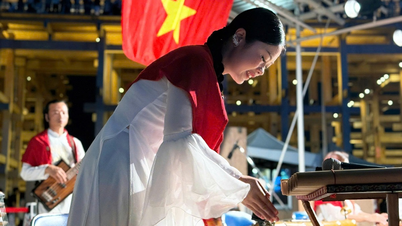
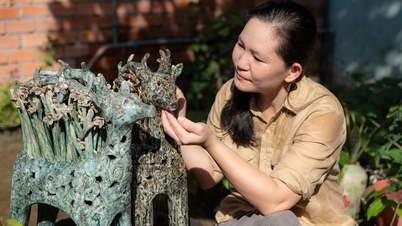



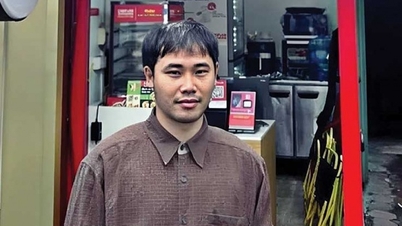

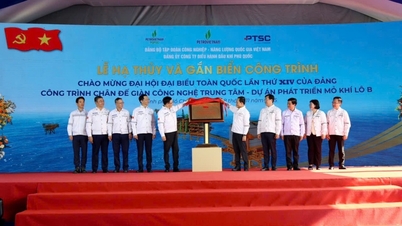












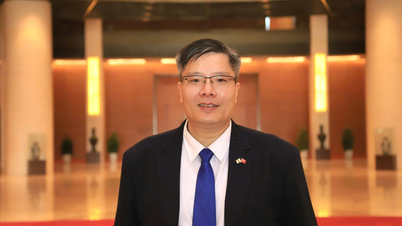








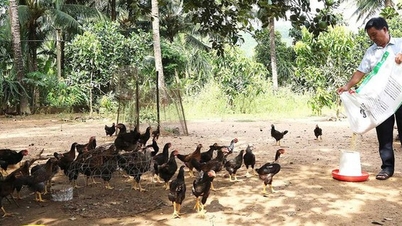
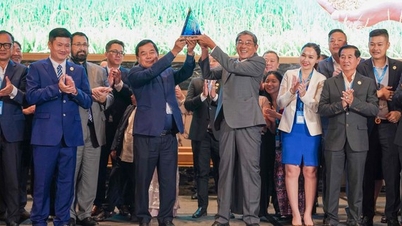


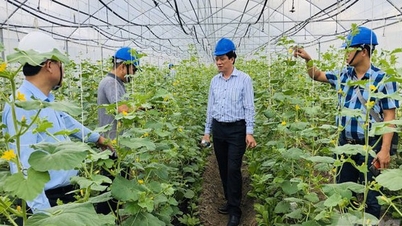
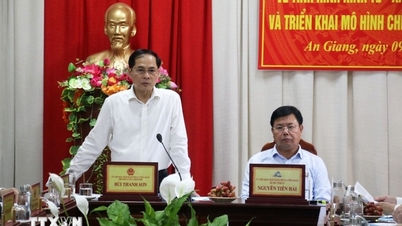


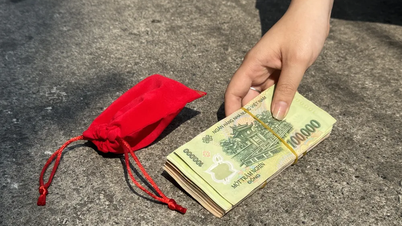

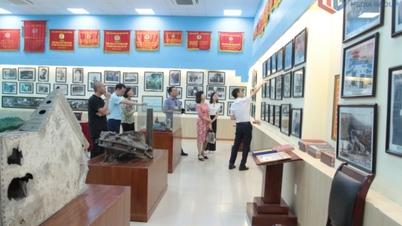

















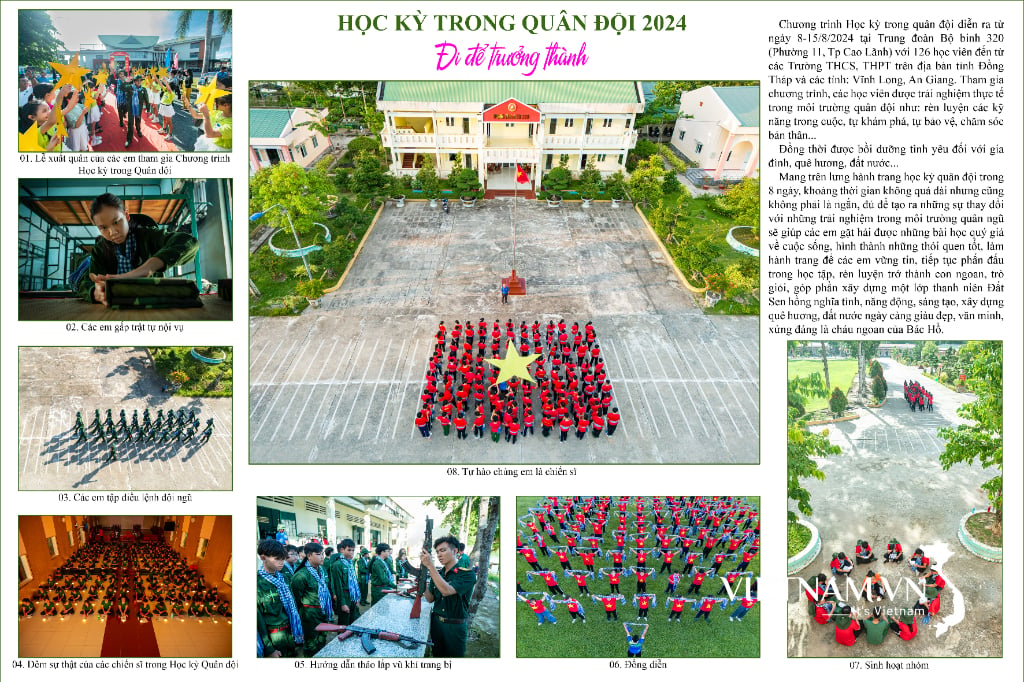

Comment (0)